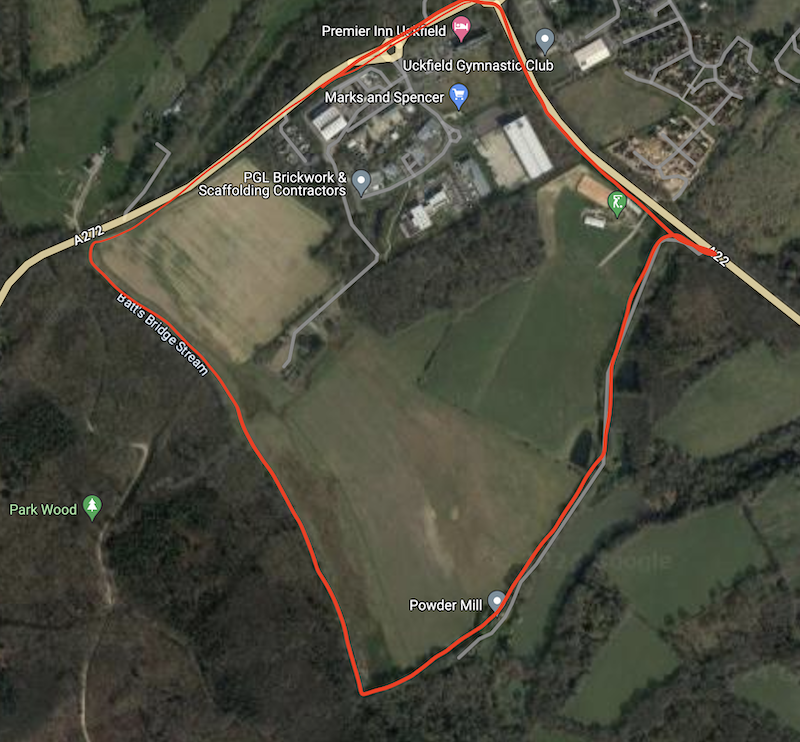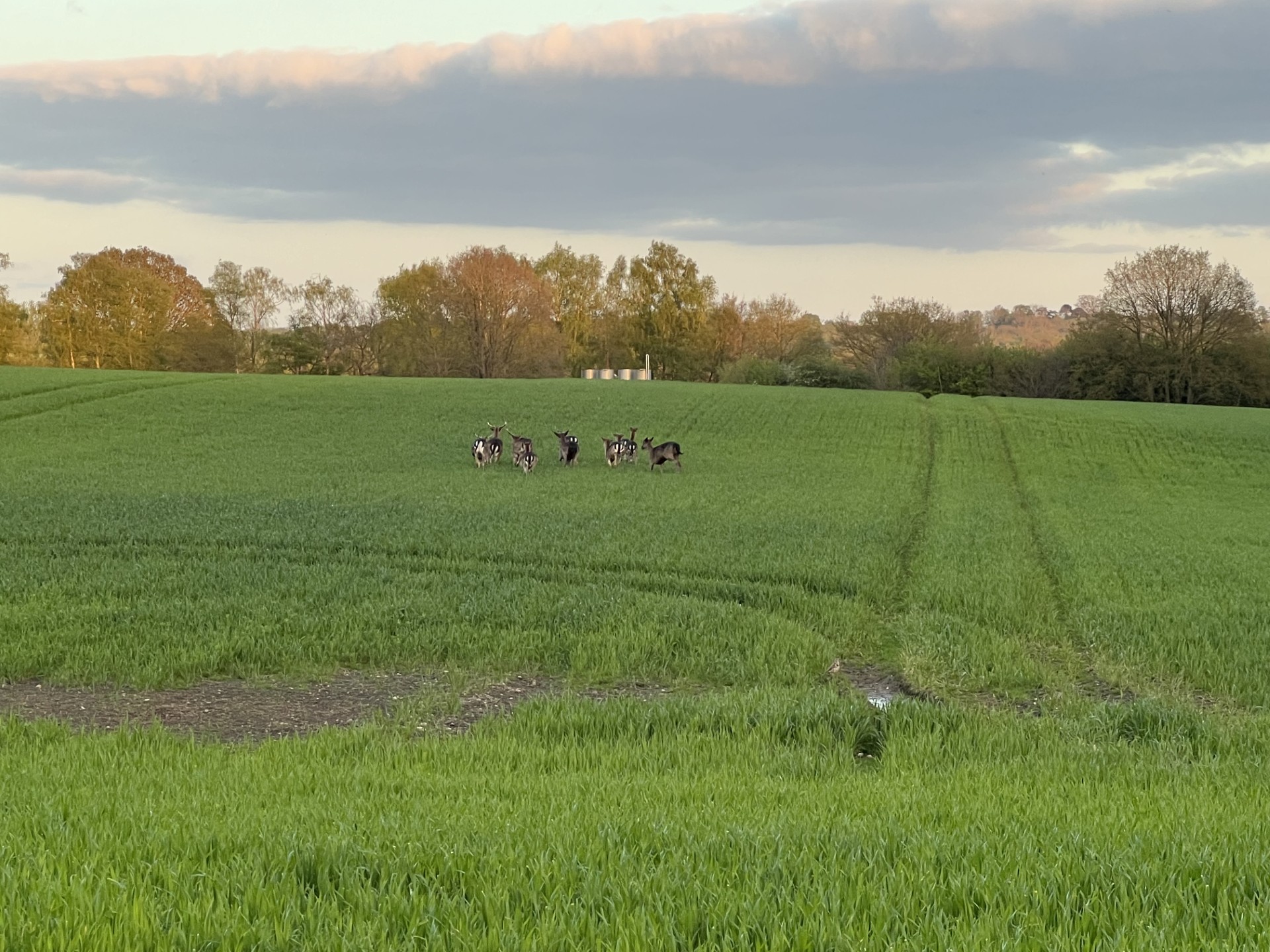
unjustified commercial development
background
The planning application was received by Wealden DC in December 2022. The public consultation period closed on 2nd March 2023. Some 650 individual objections were lodged by residents for a wide range of justified reasons. This expansion is coming on top of the approximate 30 acres of existing park. This application is way above Wealden DC’s employment land policy targets and would destroy valuable green land and habitat. It would enormously increase traffic levels on the A272 and A22.
In addition, concerns and/or objections were raised by a wide range of national and public bodies including Southern Water, Natural England, Environment Agency, ESCC Flood Risk Management, Fletching Parish Council, Uckfield Town Council, Forestry Commission, ESCC Highways, Isfield Parish Council, Maresfield Parish Council, Newick Parish Council, Woodland Trust, Sussex Wildlife Trust, Buxted Parish Council, Forestry England.
Despite all the objections, no further documentation, such as an Environmental Impact Assessment, has been submitted to deal with all the inadequacies of the application.
Nor, since the outcome of the local elections, has the application been considered by a Wealden Planning Committee for refusal. SABRE continues to argue strongly that planning permission should be refused.

✓ Arable farmland
✓ Rich in wildlife
✓ Ancient woodlands
why should this not be allocated on the Local Plan?
no justification for development
The type of development is predominantly warehousing and industrial and there is no justification for this type of employment space in Wealden on this scale, and especially on these fields.
Large warehouse and industrial buildings of regional scale would harm this highly sensitive part of the Wealden landscape.
The local plan already allocates more than enough extra land for the new jobs needed now and for the future population.


our infrastructure would not cope
The impact of the development would cause substantial adverse effects on the local highway network, especially the A272 and A22 which are already congested, especially at peak times, and push traffic avoiding congestion/queues onto country lanes north, west and south of Uckfield.
Loss of agricultural land
The application would cause unacceptable loss of agricultural land that has never been previously developed land, outside any development boundary. The proposal would create substantial harm to the character of this part of the High Weald Landscape Area.
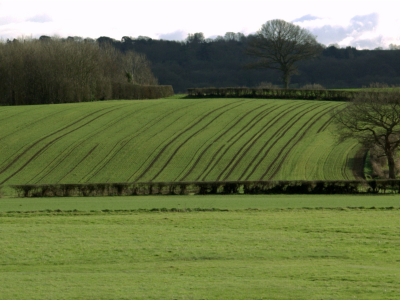
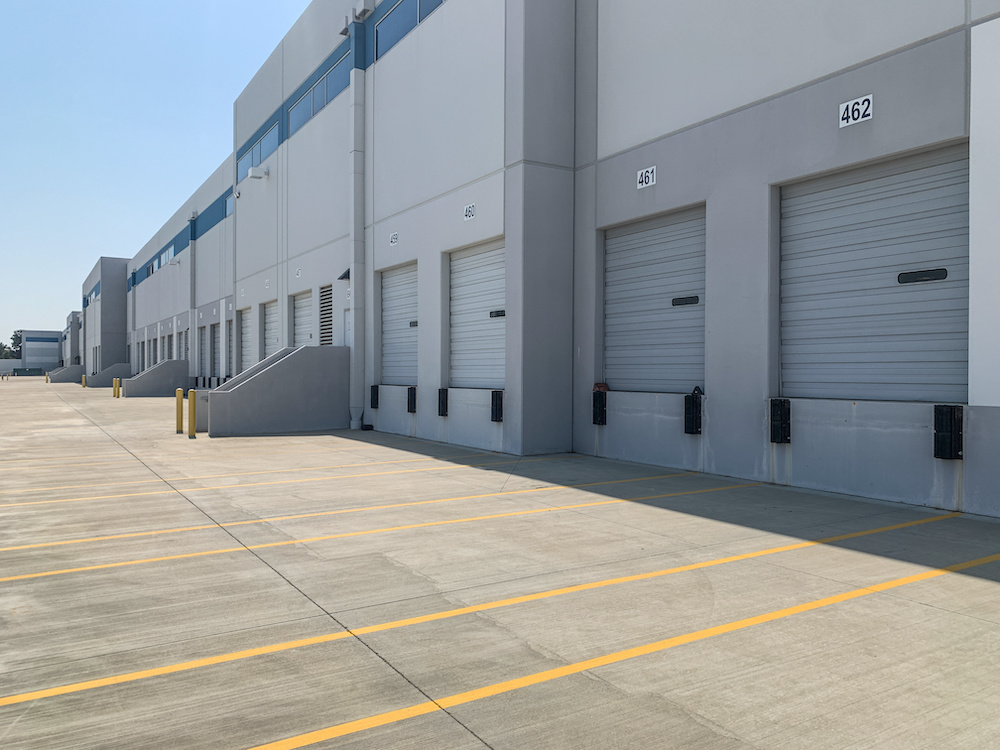
wrong type of development
The Ashdown Business Park plan is proposing predominantly warehousing and industrial development on a huge scale. According to national policy, office space should be put in town centres, near good public transport, and other town centre services. This avoids commuting by car and benefits the High Street.
Unjustified climate change impact
The development would cause completely unjustified and unquantified impacts for climate change both generally and specifically in respect of Ashdown Forest, without any offset or remedy. There would be substantial increase in greenhouse gas emissions very close to the Special Protection Area and Special Area of Conservation of the Ashdown Forest.


Irreversible damage to Ancient Woodland and priority habitats
The proposal would cause irreversible damage to priority wetland habitats with springs that percolate into the unique, fragile, rare and irreplaceable habitat of ancient ghyll woodland ecosystems whose micro-climate regulates river temperatures. The unpolluted waterways are essential for the reproduction of river lamprey, trout and critically endangered European eels (IUCN’s red list). Other threatened and protected species include hazel dormice, otters, water voles, eight species of bats and multiple breeding pairs of skylarks.
Inadequate infrastructure
The power supply to such a large site will require a substantial upgrade and new routing by UKPN from Uckfield. To bring new power lines from Uckfield across the A22 and across this site would cause substantial environmental harm.
Wealden faces major challenges for water supply, and disposal of sewage.

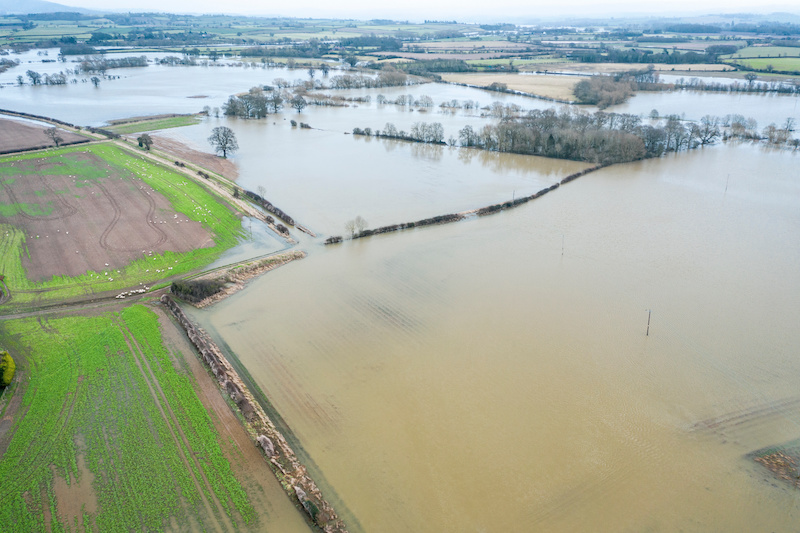
Downstream flood risk
The site is at the extreme upper reaches of the River Ouse Catchment. The healthy fields and woodlands help to capture, store and slowdown rainfall to the wider catchment, reducing flooding further downstream in areas like Lewes.
The run-off of contaminated water from proposed roads, car parks and rooftops would have an irreversible detrimental impact on the delicate ecosystems and significantly increase the likelihood of flooding downstream.
There should be no allocation on this site. It would mean the destruction of important green fields would mean a total business, industrial and warehousing site equivalent to 98 football pitches or a landscape the size of Maresfield
